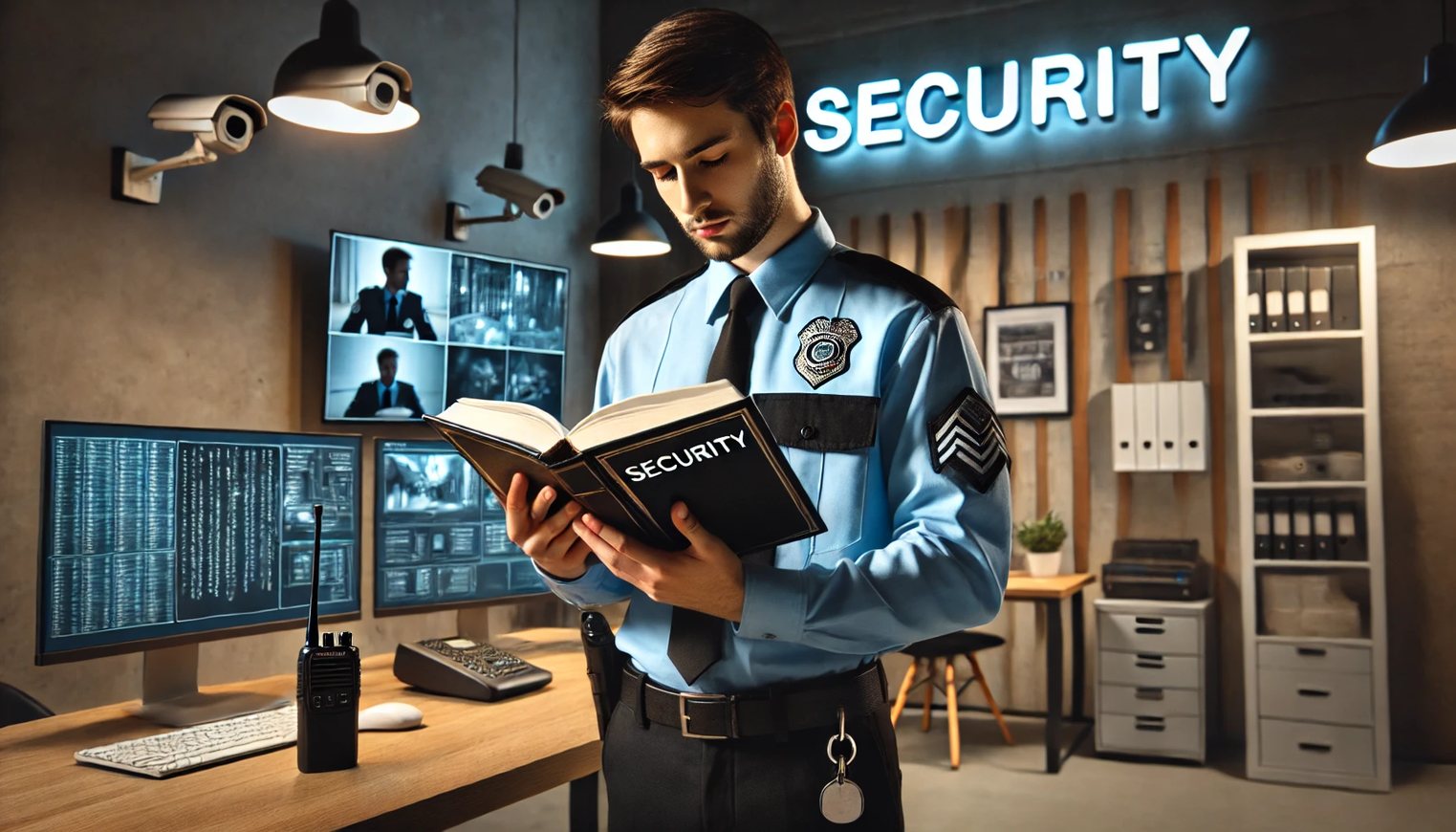In a world where emergencies can strike unexpectedly—from natural disasters to terrorist threats—having an efficient, well-prepared emergency security response team is not just an option, but a necessity.
An effective response team can mean the difference between chaos and control, injury and safety, or even life and death.
Building such a team involves more than simply hiring guards—it requires strategic planning, rigorous training, excellent communication systems, and a unified command structure that can operate flawlessly under pressure.
Define the Mission and Objectives Clearly
The foundation of any emergency response team is a clearly defined purpose.
Whether your team will focus on responding to fires, violent incidents, medical emergencies, or crowd control during major events, it’s essential to establish clear objectives.
These goals guide every aspect of team development, from hiring and training to operational planning and equipment procurement.
Everyone on the team must understand the core mission so they can work together with purpose when time is critical.
Recruit the Right People with the Right Skills
An emergency security response team must consist of professionals who are not only physically capable but also mentally resilient and highly trained.
Look for individuals with backgrounds in law enforcement, military, emergency medical services, or advanced security roles.
Key traits include quick decision-making skills, calmness under pressure, adaptability, and strong communication abilities.
Team members should also be trained in CPR, first aid, evacuation procedures, conflict de-escalation, and the proper use of emergency equipment.
Hiring based on competency and character ensures your team can operate effectively even in high-stress scenarios.
Establish a Strong Command Structure
A successful emergency response depends on leadership that’s both decisive and respected.
Appoint a team leader and a chain of command that ensures every member knows their responsibilities and who to report to in a crisis.
This structure eliminates confusion during emergencies, allows for swift delegation of tasks, and ensures accountability at every level.
Include incident commanders, communication officers, logistics coordinators, and rapid response leaders within your hierarchy to cover all aspects of the operation.
 Provide Ongoing Training and Simulations
Provide Ongoing Training and Simulations
Training is not a one-time event—it must be continuous and evolving.
Conduct regular drills and simulations based on various emergency scenarios such as bomb threats, active shooter situations, natural disasters, or large-scale evacuations.
These exercises help refine team responses, improve communication, and identify areas for improvement.
Training sessions should also include legal compliance, mental health awareness, and post-incident debriefing techniques to support both performance and well-being.
Equip the Team with the Right Tools
No response team is complete without the right equipment.
This includes communication devices like radios and headsets, first aid kits, protective gear, surveillance tools, emergency lighting, and clear evacuation maps.
Depending on the nature of your operations, you may also need portable barriers, fire extinguishers, drones for aerial surveillance, and mobile command units.
Ensure all equipment is regularly tested, easily accessible, and assigned to responsible personnel.
Integrate with Local Emergency Services
Coordination with police, fire departments, and medical responders is crucial for a seamless emergency response.
Establish relationships with these agencies ahead of time, share your emergency plans, and agree on communication protocols.
Joint training exercises and mutual aid agreements enhance teamwork and ensure external responders understand your internal systems when called to assist.
This integration creates a unified force capable of addressing emergencies at every level.
Create a Culture of Readiness and Accountability
An effective emergency response team thrives in a culture where readiness is part of daily operations.
Conduct regular audits and after-action reviews, and encourage open feedback to improve processes continuously.
Reward proactive thinking, recognize strong performance, and hold team members accountable to the highest standards of professionalism and preparedness.
This culture ensures that when a real emergency happens, your team doesn’t hesitate—they respond.
Conclusion: Preparedness is a Team Effort
Building an emergency security response team is a strategic investment in safety, resilience, and public trust.
With the right people, leadership, training, and integration, you create a dependable force ready to protect lives and property immediately.
In uncertain times, preparation is power, and a well-built team is your strongest asset in any emergency.
Frequently Asked Questions (FAQs):
A: An effective emergency security response team combines:
Well-trained personnel with relevant certifications
Clear communication protocols
Access to modern tools and equipment
A well-defined chain of command
Regular drills and scenario-based training
These elements ensure that the team can respond quickly, decisively, and safely during critical incidents.
A: A well-rounded team typically includes:
Team Leader/Commander: Oversees operations and decision-making.
Patrol Officers: Handle on-ground response and crowd control.
Communications Officer: Manages internal and external communication.
First Aid Responder: Provides immediate medical assistance.
Logistics Coordinator: Ensures availability of equipment and supplies.
Incident Reporter: Documents events for compliance and reporting.
Each role contributes to a structured, coordinated response.
A: Training is critical . Emergency responders must be trained in:
Conflict de-escalation techniques
First aid and CPR
Fire safety and evacuation procedures
Crowd control and public safety
Use of communication and surveillance tools
Legal responsibilities and duty of care
Ongoing training ensures preparedness and compliance with Australian security standards.
A: In Australia, emergency security personnel typically require:
CPI (Conflict Prevention & Intervention) certification
HLTAID011 Provide First Aid (or equivalent)
Certificate II or III in Security Operations
Fire Safety Certificate (if applicable)
Crowd Control Licence (for event security)
Licensing requirements vary by state, so always confirm local regulations.
A: Effective communication strategies include:
Using two-way radios or encrypted mobile apps
Establishing a central command post
Assigning a dedicated communications officer
Setting up predefined codes or signals
Maintaining contact with police, fire, and medical services
Clear, real-time communication minimizes confusion and speeds up response times.
 Provide Ongoing Training and Simulations
Provide Ongoing Training and Simulations